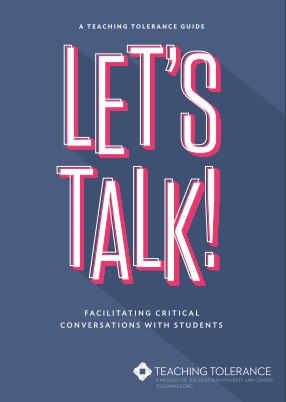
electronic resource
|
Let's talk : facilitating critical conversations with students
Copies
0 Total copies, 0 Copies are in,
0 Copies are out.

electronic resource
|